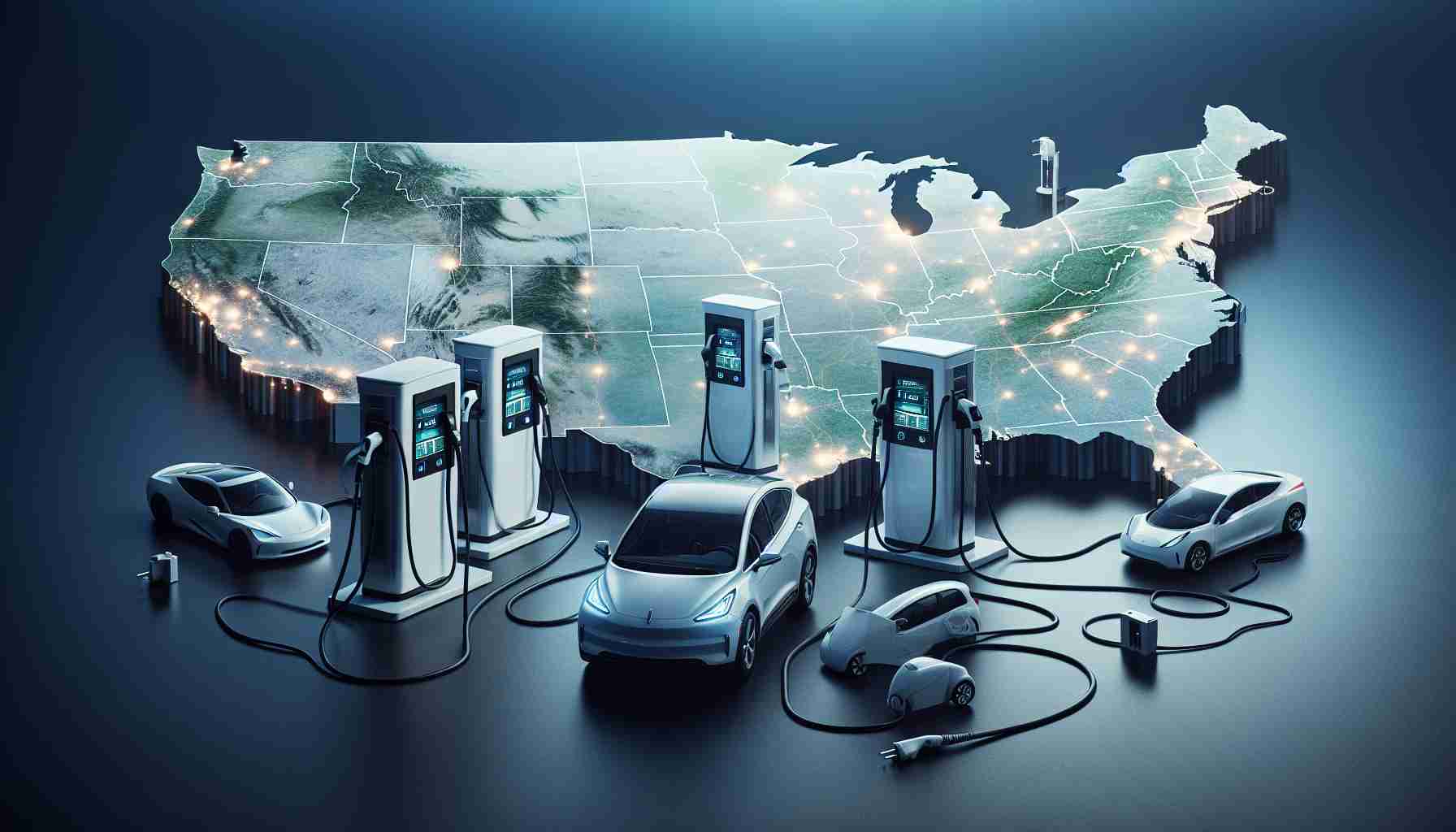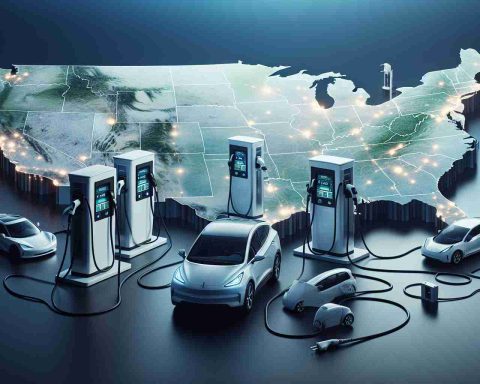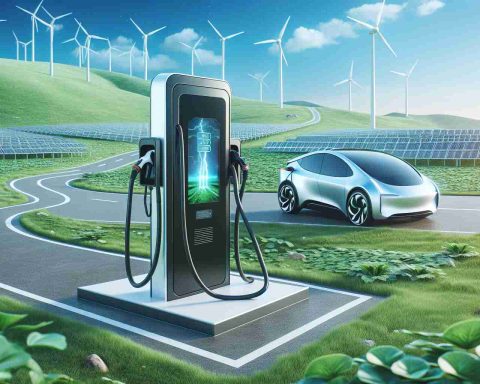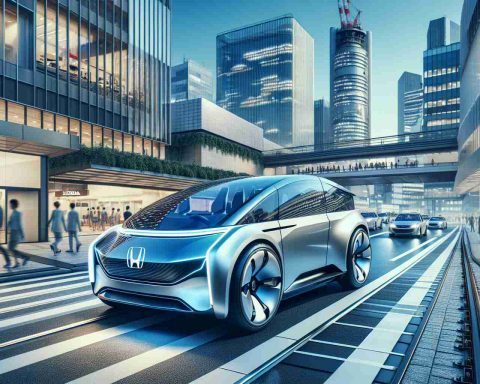Expanding Access to Electric Vehicle Charging Stations
Recent developments in the United States have seen a significant push towards the expansion of the electric vehicle charging network. Contrary to misinformation circulating on social media, the Biden administration has not spent $7.5 billion on just eight charging stations. In reality, the allocated funds from the 2021 Infrastructure and Jobs Act are directed towards establishing a national network of electric vehicle chargers, with the goal of reaching half a million chargers by 2030.
Progress and Funding Allocation
A total of $7.5 billion has been earmarked for this initiative, with $5 billion distributed through the National Electric Vehicle Infrastructure Formula Program and an additional $2.5 billion through the Charging and Fueling Infrastructure Discretionary Grant Program. These funds are allocated to states and localities to support the development of charging infrastructure, prioritizing underserved communities.
State-Based Implementation
The distribution of federal funds is designed to assist states in ramping up their charging infrastructure. While progress varies across states, with some facing challenges in adapting to federal requirements, the overall aim is to facilitate a robust charging network nationwide. States are crucial players in executing this vision, with federal support available to guide and accelerate their efforts.
Ongoing Expansion and Collaboration
As of now, there are over 203,000 publicly available charging ports throughout the country, demonstrating substantial growth compared to previous years. With a focus on collaborative efforts between federal, state, and local entities, the development of the electric vehicle charging network is poised to continue expanding, promoting sustainable transportation solutions for a greener future.
New Developments in Electric Vehicle Charging Network Expansion
The United States continues to witness rapid advancements in the development of the electric vehicle charging infrastructure. While progress has been significant, there are certain key questions that arise as this network expands across the country.
What innovative technologies are being implemented to enhance charging efficiency?
In response to the increasing demand for electric vehicle charging, new technologies such as ultra-fast chargers and smart grid integration are being utilized to improve the efficiency and speed of charging processes. These innovations aim to address concerns about charging times and accessibility for electric vehicle owners.
How are rural areas being targeted to ensure widespread accessibility?
One of the challenges faced in expanding the charging network is ensuring accessibility in rural and remote areas. Efforts are being made to deploy charging stations along highways and in strategic locations to cater to drivers traveling long distances, promoting electric vehicle adoption beyond urban centers.
What are the key advantages and disadvantages of the expanding charging network?
Advantages of the growing electric vehicle charging network include reduced carbon emissions, lower fuel costs for consumers, and decreased reliance on fossil fuels. However, challenges such as infrastructure costs, grid capacity constraints, and potential disparities in charging station availability between regions remain areas of concern.
Addressing Controversies and Challenges
Despite the progress in expanding the electric vehicle charging network, controversies and challenges persist. One contentious issue is the debate surrounding the placement of charging stations, with some arguing for a more centralized approach while others advocate for a decentralized model. Balancing the interests of various stakeholders and addressing infrastructure limitations will be crucial in overcoming these obstacles.
Looking Ahead: Future Prospects and Collaborative Efforts
As the electric vehicle market continues to grow, collaboration among federal, state, and local authorities will be essential in driving the development of the charging network. By fostering partnerships and leveraging technological innovations, the United States aims to establish a comprehensive and efficient electric vehicle charging infrastructure that supports the transition to sustainable transportation.
For more information on the latest developments in electric vehicle charging infrastructure across the United States, visit Department of Energy.











